Diary of an Unconventional MVP - Selling
Hey there, it's Katrina, and I'm excited to share my experiences of selling an unconventional MVP. Selling is an essential part of any business, but it can be a daunting task. In this blog I'll share some of the lessons I learned along the way and provide some tips for selling an unconventional MVP.
First, let's start with the basics:
What is an MVP? MVP stands for Minimum Viable Product, and it's a term used to describe the smallest possible product that you can build to test your idea and validate your assumptions. It's a crucial step in the product development process because it allows you to get feedback from customers and make informed decisions about what features to add next.
Selling an MVP can be challenging, especially if it's an unconventional one. Here are some tips that can help you sell your MVP successfully:
Understand Your Customer
The first step in selling an MVP is to understand your customer. Who are they? What are their pain points? What solutions have they tried in the past? By understanding your customer, you can tailor your message and approach to their needs.
Identify Your Unique Selling Proposition
What makes your MVP unique? What benefits does it offer that other solutions don't? Your unique selling proposition (USP) is what sets your MVP apart from the competition. Be sure to highlight it in your sales pitch and marketing materials.
Focus on Benefits, Not Features
Customers don't care about the features of your MVP; they care about the benefits. Be sure to focus on the benefits of your MVP in your sales pitch. How will it solve your customer's pain points? What value will it provide?
Action Points
If you're looking to sell an unconventional MVP, here are some action points to get started:
Understand your customer and their pain points.
Identify your unique selling proposition (USP).
Focus on the benefits, not the features of your MVP.
Build relationships with your customers.
Be transparent about what your MVP can and cannot do.
Keep your message simple and clear.
Use storytelling to create an emotional connection with your customers.
Selling an MVP can be a daunting task, especially if it's an unconventional one. By understanding your customer, identifying your USP, focusing on the benefits, building relationships, being transparent
Build Relationships
Selling is all about building relationships. Take the time to get to know your customers, their needs, and their pain points. Engage with them on social media, attend industry events, and offer them value before asking for anything in return. A great value add was offering this tool to my previous clients.
Be Transparent
Honesty is the best policy when it comes to selling an MVP. Be transparent about what your MVP can and cannot do. Don't promise more than you can deliver, and be upfront about any limitations.
Keep it Simple
Simplicity is key when it comes to selling an MVP. Don't overwhelm your customers with too much information or too many options. Keep your message simple and clear, and focus on the benefits.
Use Storytelling
Humans are wired to respond to stories. Use storytelling to create an emotional connection with your customers. Share success stories, case studies, and testimonials to demonstrate the value of your MVP.
Useful Resources and Tools
Selling an MVP requires a lot of resources and tools. Here are some of the most useful resources that I've used during my MVP selling journey:
Sales CRM tools like HubSpot and Salesforce
Social media platforms like LinkedIn and Twitter
Email marketing tools like Mailchimp and Constant Contact
Analytics tools like Google Analytics and Mixpanel
Customer relationship tools like Intercom and Zendesk



